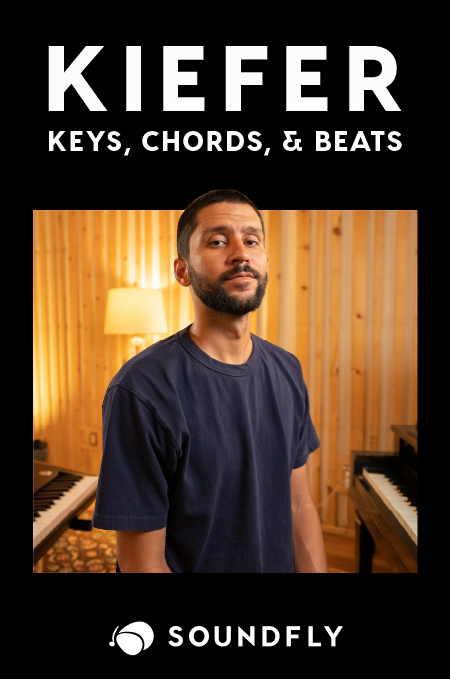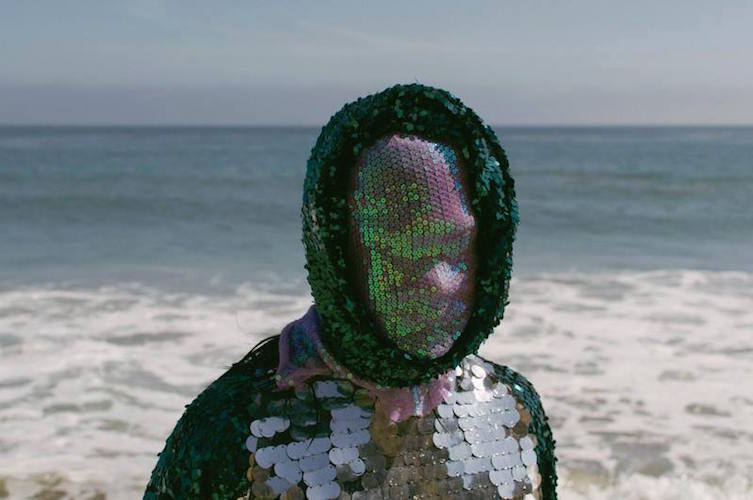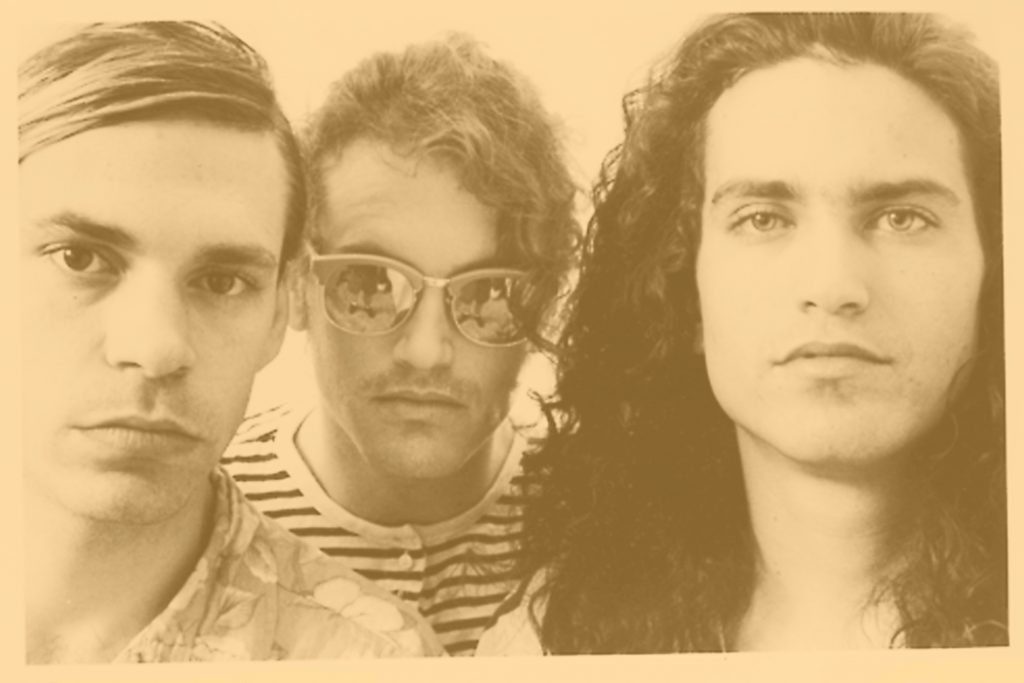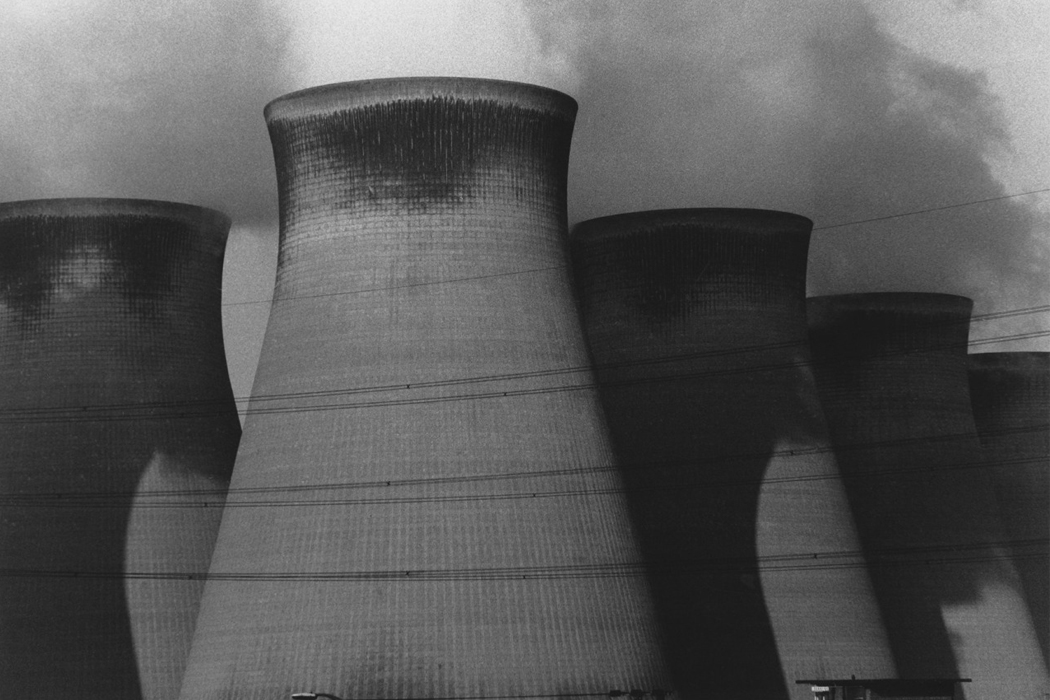
In 2015, Brisbane’s Gallery of Modern Art presented David Lynch: Between Two Worlds, a major retrospective of filmmaker David Lynch’s works across painting, sculpture, installation, and photography. To celebrate the landmark retrospective, curator José Da Silva, along with Lynch and his studio, developed a number of commissions for the exhibition. One of these commissions was HEXA’s sonic response to David Lynch’s Factory Photographs.
When asked recently about his decades long interest in photographing factories in various states of disuse, Lynch remarked “I grew up in the north-west of America where there are no factories at all, just woods and farms. But my mother was from Brooklyn, so when I was little we used to go there and I got a taste for a certain kind of architecture and a feeling for machines and smoke and fear. To me, the ideal factory location has no real nature, except winter-dead black trees and oil-soaked earth. Time disappears when I’m shooting in a factory, it’s really beautiful.”
HEXA is Lawrence English and Jamie Stewart (frontman for the band Xiu Xiu). Initially connecting through their mutual admiration of affective sound, 20th century Japanese photography, and birdwatching, it wasn’t long before the pair found themselves discussing possible musical collaborations. After some months considering exactly what might drive this undertaking, they decided the work should chart out mutual sonic interests that occupy the space beyond of their individual practices. After developing a dynamic sonic methodology, their project began to take form through the trading of materials and ideas.
Meeting in various locations as their tour schedules haphazardly crossed paths, the two began to form a focused mode of operation that concerned itself primarily with physically affective sound, cycling rhythm, and intense textural density. Deciding on the name HEXA, their work together became quickly focused on the David Lynch Factory Photographs project following the Gallery of Modern Art’s commission captured in this edition. So, in anticipation of HEXA being invited around the world to present their own Factory Photographs as an audio-visual work in 2017, I struck up a conversation with Lawrence English, who runs the label Room40 in Australia, in addition to being a performer, during one of his rare quiet moments.
David Lynch’s exhibition of photographs of factories differs enormously from the only other reference point I have personally for this type of work, which is Bernd and Hilla Becher’s archives of industrial buildings around the world. What did you and Jamie find in this exhibition that spoke personally to you as artists?
It’s interesting, when considering David’s photos in contrast to the Becher’s wonderful works, the differences couldn’t be more stark. While some subjects might be similar, the material content of the images couldn’t be more in opposition. I think this is, in fact, what resonates so strongly with David’s Factory Photographs for me. When I look at his photos, I sense his eye is not so much looking to form or concrete structure but somehow is pulling you into an emotive state. Or perhaps even a kind of transcendental state where you are not so much transported into the image, but into what the image could be at different moments. The images are either memento mori or capturing the very last breath of these buildings. David’s photographs speak to the was, as much as to the is. Between these two positions is a really elegant reading of the crisis of capital production and the temporality of any age, in this case the age of industry and mass production. It was this open and invitational aspect to the photographs that really grabbed me when I first encountered them and I’d suspect Jamie feels the same.
We spoke briefly about “latent sound,” or the sound that exists trapped in the silence and stillness of photographs. How did this affect your work in “scoring” or interpreting the sounds of these images?
I would say, from my side at least, that this notion of the latent sound that for me is so very apparent in these images, was the central consideration when approaching the work. What I love about some of the images, especially those shot from the inside, is you almost sense that the buildings are scarred by the force of their mechanical internal organs. The windows are often cracked, the metalwork rusted and decayed, the concrete chipped and exhausted. These visual cues suggest an extreme sonic environment, one in which the infrasonic pulse of the factory consumed everything around it. Add to this the audible sound world and suddenly you have this very present and powerful impression of what bodies might have encountered in these spaces.
I thought a lot about the vibration and the way that affects the physical body and I also spent time thinking about the repetition of machines and that incessant, tirelessness that that mechanic world somehow maintains. So much of the way we approached this project was around the conversations Jamie and I had concerning these ideas. Somehow, what David captured in these images is to me so very synesthetic in nature. You can hear and indeed smell those spaces when you peer deeply enough into the images.
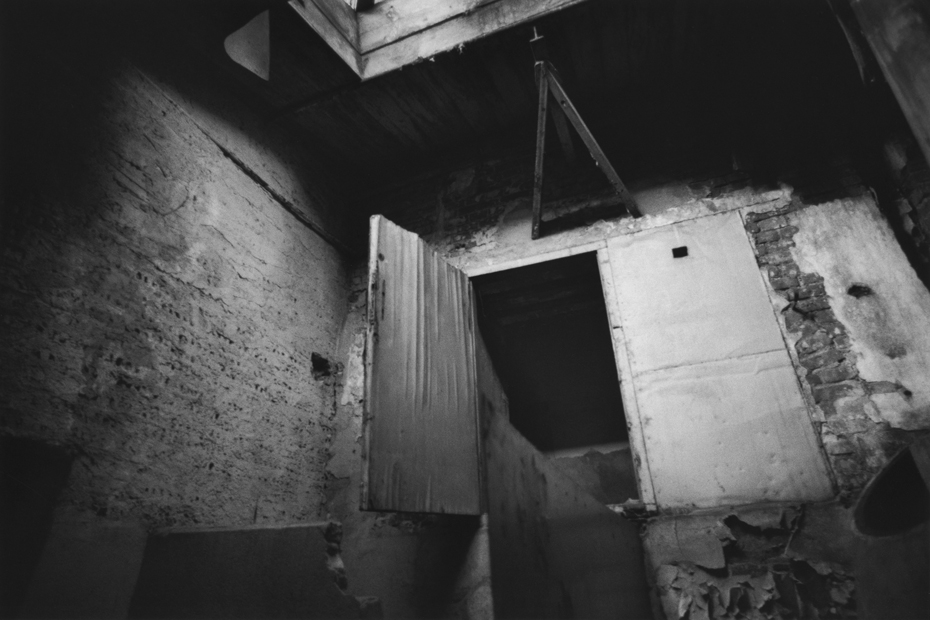
Lawrence, you have spoken before on the “musical opportunities” that have arisen from the decline of the manufacturing economy in the West. Can you speak a bit about what that means to you?
From a musical perspective and, let’s face it, a political one, too, given the current circumstances facing countries such as yours and mine, the life and death of the manufacturing sector has had huge effects on so many of us. There are the typical examples like Detroit techno; the social, technological, and political connections between people, factories, escapism, and musical futuring; but there are other examples, too. I was really heavily interested in the whole Illbient scene in the ’90s. I was interested because it existed, like so much great music practice emanating from places like New York and, say, Berlin across the final quarter of the 20th century, because these huge spaces that once serviced massive industrial projects gave way. In their wake they offered cheap or free environments in which people could take risks and create remarkable work.
I look around today and those opportunities to recolonize seem more complex, or perhaps maybe more fleeting. The process of gentrification and homogenization of many urban centers is remarkable, decisive, and swift. Maybe the zones of community exploration, experimentation, and action have shifted, too, from the vast emptiness of unused architecture into the seemingly vast emptiness of the web. I’m not really sure right now, there’s a lot of dust to settle, I suppose.
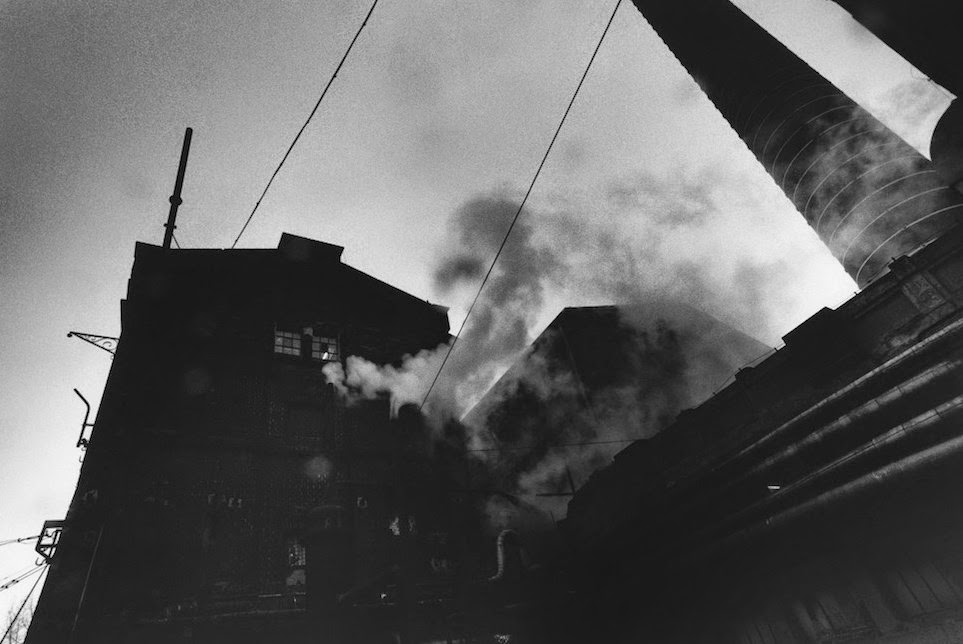
What were the materials or equipment you used to create these soundscapes?
Once we received the commission, Jamie and I spent a good deal of time talking through the kind of approach we wanted to explore. I think we were both interested to find a language that spoke to the images in a meaningful way. It wasn’t about manifesting a sonic “version” of the photos, but almost striking up a conversation or critical reading of them. Using those images presented as part of Between Two Worlds at The Gallery of Modern Art, I devised a series of images that starts deep inside the the dead heart of the structures and then moves outward, finally gazing at David’s iconic breathing smoke stakes.
Musically, too, we explored this idea of interiority and exteriority. We tried to find sound sources that spoke to the enclosed and the open, the constrained and the free. It was an interesting process and from that initial performance we developed a bunch of sounds, part instrumental, part field recording, part noise that we merged into what you hear on the LP edition.

Were there any material or equipment constraints you brought to the project?
There were, some of them were very practical, like the fact Jamie was traveling across the globe and had obvious constraints on luggage. But being frank, most of the work I do I try to enforce a boundary or frame around it. I find that way of working so much more powerful. I always think of it like pressure waves in a room without doors. Once that pressure wave is released, its intensity increases as the waves collide and impact within the frame of the room. Introduce a door or exit and that pressure is lost or reduced. I think somehow that’s a fitting metaphor for how I like to approach a great deal of my work.
+ From the archive: “The Essential Guide to Being Elliott Sharp,” by the one and only Elliott Sharp
How did the process of creating this work differ from your normal methods of creating sound works?
I think each and every collaboration means a different working methodology. The wonderful thing about collaboration is that it opens new pathways and feedback loops that are incredibly powerful and inspiring.
I have a huge amount of respect for Jamie as a composer and producer. When we started working, I was very open to exploring ideas as deeply as possible, and I think Jamie was open to this, too. I think what was most different was, as we passed back ideas, sounds, and layers, the pieces would sometimes take quite unexpected turns. This is something that isn’t always so easy to experience with working solo. I know we were both surprised, pleasantly more often than not, with how the pieces developed out of those initial exchanges and the original performance.
What exactly will “touring” on this project entail?
I must say David has been incredibly generous to us and invited us to present the work throughout 2017. The piece, when we perform it live is an extended version of what was done for the Between Two Worlds exhibition. The same sequence of factory photographs will be used and Jamie and I will be reworking the materials from the LP edition, as well as developing some new sections for the performances. I think we both count ourselves as very fortunate to have been invited to undertake this project and we couldn’t be happier having the chance to present the work in the Northern Hemisphere.
Factory Photographs by HEXA is available on LP/digital download from Room40.

